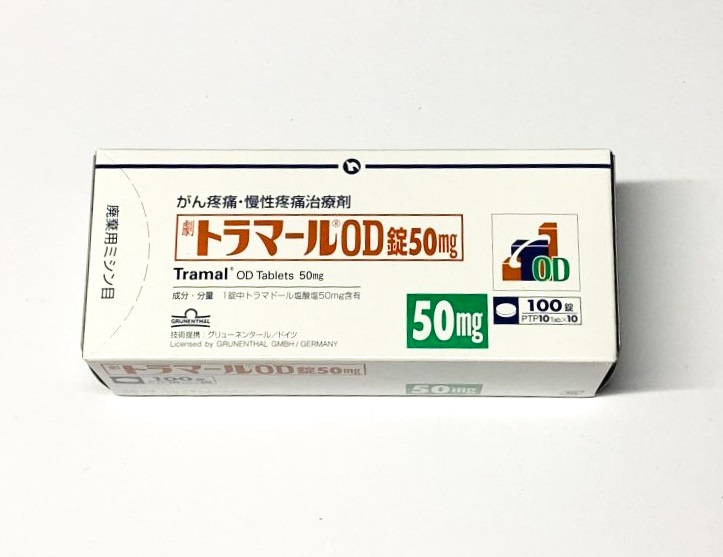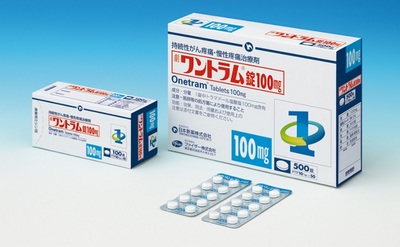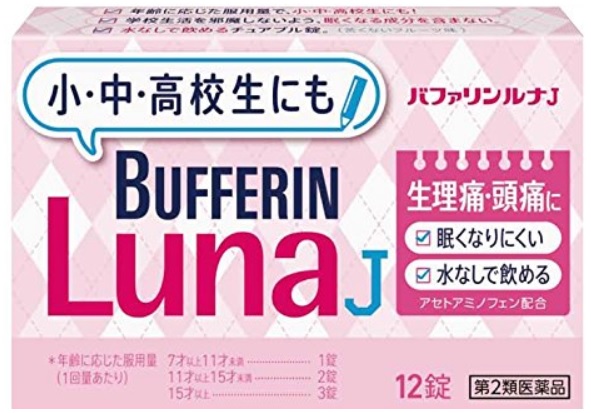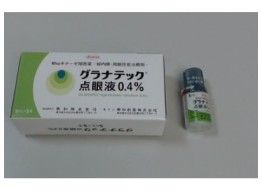Understanding Japanese Painkillers
- The Importance of Pain Management
- An Overview of Japanese Painkillers
- Traditional Japanese Painkillers
- Modern Japanese Painkillers
- Over-the-Counter Japanese Painkillers
- Prescription Japanese Painkillers
- How Japanese Painkillers Work
- Active Ingredients in Japanese Painkillers
- Mechanism of Action
- Using Japanese Painkillers Safely
- Correct Dosage
- Possible Side Effects
- Popular Brands of Japanese Painkillers
- Bufferin
- Eve
- Loxonin
- The Future of Pain Management in Japan
- Conclusion
 Pain is a universal human experience. We've all had moments where we wished for something to take the discomfort away. And when it comes to relief, one country has made notable strides. Let's talk about Japanese painkillers.
Pain is a universal human experience. We've all had moments where we wished for something to take the discomfort away. And when it comes to relief, one country has made notable strides. Let's talk about Japanese painkillers.
The Importance of Pain Management
Managing pain is not just about feeling better. It’s a vital part of our overall health. Pain can hinder our productivity, disrupt our sleep, and even affect our mental health. This is why understanding different pain management options, like Japanese painkillers, is essential.
An Overview of Japanese Painkillers
Japanese painkillers come in two main categories: traditional and modern.
Traditional Japanese Painkillers
For centuries, the Japanese have used natural remedies to manage pain. These include herbs, roots, and other botanical extracts known for their analgesic properties. They're usually consumed as teas or used in balms and plasters.
Modern Japanese Painkillers
Modern Japanese painkillers are more akin to what you'd find in a Western pharmacy. They're scientifically formulated and come in a variety of forms, from tablets and capsules to topical creams.
Over-the-Counter Japanese Painkillers

These are painkillers you can buy without a prescription. They're typically used for minor aches, pains, and fevers.
Prescription Japanese Painkillers
For more severe or chronic pain, doctors may prescribe stronger painkillers. These are usually more potent and should be taken under medical supervision.
How Japanese Painkillers Work
The effectiveness of a painkiller largely depends on its active ingredients.
Active Ingredients in Japanese Painkillers
Common active ingredients in Japanese painkillers include acetaminophen, ibuprofen, and aspirin. Some traditional painkillers may contain botanical extracts with analgesic properties.
Mechanism of Action
These ingredients work by blocking the pain signals to the brain or reducing inflammation at the source of pain.
Using Japanese Painkillers Safely
As with any medication, it's crucial to use painkillers safely.
Correct Dosage
Always follow the recommended dosage. Overdosing can lead to serious health complications.
Possible Side Effects

Common side effects include nausea, upset stomach, and drowsiness. If you experience severe side effects, seek medical help immediately.
Popular Brands of Japanese Painkillers
In Japan, some popular brands include Bufferin, Eve, and Loxonin.
Bufferin
Bufferin is a brand of aspirin-based painkillers. It's commonly used to relieve headaches, menstrual cramps, and minor aches and pains.
Eve
Eve is a popular brand known for its range of painkillers targeting menstrual pain.
Loxonin
Loxonin is a prescription painkiller used for severe pain.
The Future of Pain Management in Japan
With advancements in pharmaceutical research and development, the future of pain management in Japan is promising. The focus is on creating more effective, safer painkillers with fewer side effects.
Conclusion
Japanese painkillers offer a wide range of options for managing pain. Whether it's traditional remedies or modern medications, there's a solution for everyone. As always, remember to use painkillers responsibly and consult a healthcare professional if you have any concerns.
FAQ
Yes, as long as they are used as directed. However, it's always best to consult with a healthcare provider if you have any concerns.
Many Japanese painkillers are available online. However, be sure to buy from reputable sources to avoid counterfeit products.
Like all medications, Japanese painkillers can have side effects. Common ones include nausea, drowsiness, and upset stomach.
Yes, traditional Japanese remedies often use natural ingredients like herbs and botanical extracts.
Some Japanese painkillers may help with chronic pain. However, it's important to seek medical advice for long-term pain management.


